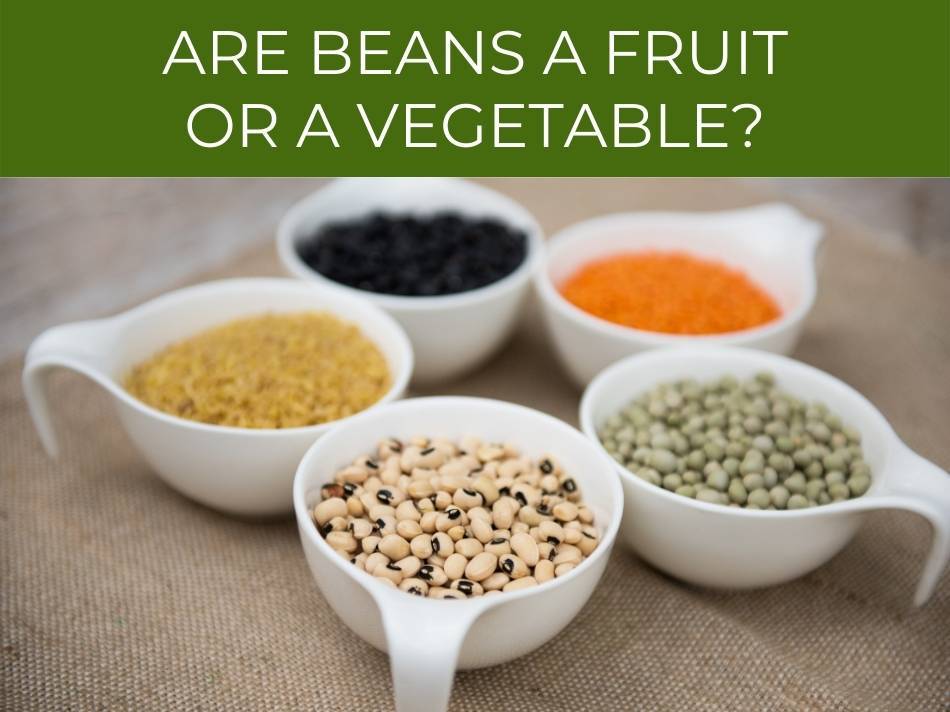You may have heard this before; a tomato isn’t a vegetable. It is, in fact, a fruit. There are several types of fruit that are mistaken for vegetables, and vice versa. So what about beans? Are beans a fruit or a vegetable?
Beans are botanically a fruit, because the beans are seeds in the fruit pods of the plant. However, culinary sources usually classify beans as a vegetable. While all beans may be considered a legume, not all legumes are considered to be beans.
Keep in mind, that the flavor or sweetness of a plant does not determine if it is a fruit or a vegetable. This may be because many culinary chefs use these fruits as vegetables in their dishes. It has thus commonly been accepted as being a vegetable and not a fruit.
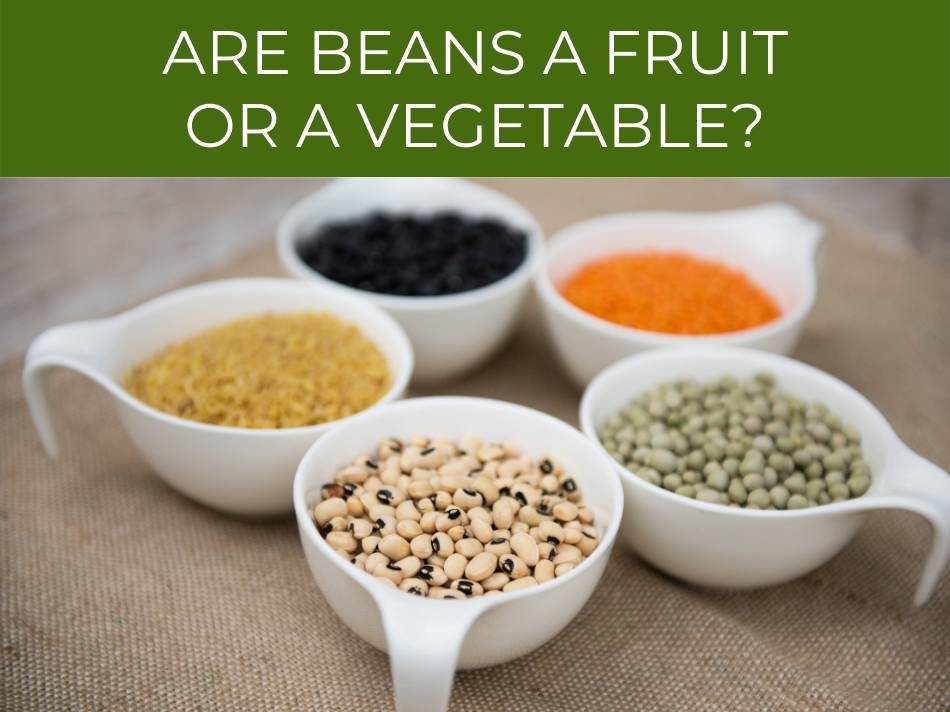
Are beans a fruit or a vegetable?
In botanical terms, if a plant bears a fruit and that fruit is the source of how the plant disperses its seeds, then that plant is considered to be a fruit and not a vegetable.
Botanically, this is how beans are taxonified.
However, there are other government institutions that have listed beans as a vegetable and not a fruit.
The United States Department of Agriculture (USDA), on the other hand, has listed beans under the vegetable classification.
So, from an agricultural or culinary perspective, beans are often considered a vegetable.
But scientifically, beans are part of the fruiting portion of the plant, and thus, technically a fruit.
Check out the complete article on where beans come from.
Are beans vegetables?
You might be surprised to find out that the answer to this question is somewhat nuanced–since it depends on what you mean by “beans”.
And, the answer depends on if you’re asking from a culinary or scientific point of view.
From a culinary perspective, beans are vegetables, but in scientific & botanical terms, beans are a fruit and a seed. From a cooking or diet point of view, beans (both bean pods and bean seeds) are used as vegetables. Botanically, bean pods are fruit, & beans are seeds.
So:
- Bean seeds: These are botanically seeds. From a food perspective, they’re legumes.
- Green beans: Botanically, these are fruits. From a culinary point of view, they’re vegetables.
Are beans a fruit?
Again, the answer depends on your perspective: culinary or scientific/botanical.
And, are you referring to beans (like pinto beans) or green beans (or other string beans)?
Botanically, bean pods (like green beans) are a fruit, since they are the mature ovary of the plant. Beans (like pinto beans & black beans) are seeds. From a food point of view, both are vegetables, although bean seeds (for example, pinto beans & kidney beans) are legumes.
Kinda confusing, I know.
But like a lot of questions in life, the answer is “it depends.”
So, as long as you’re specific about what you’re asking, the answer is simple:
- Beans like pinto, navy, kidney, etc. are botanically seeds, but from a food perspective are considered legumes & protein sources.
- Beans like green beans & other bean pods are botanically fruits. But from a food perspective, they’re used as vegetables.
- Botanically, bean pods are the fruiting portion of the plant, whereas beans (e.g., kidney, pinto) are seeds.
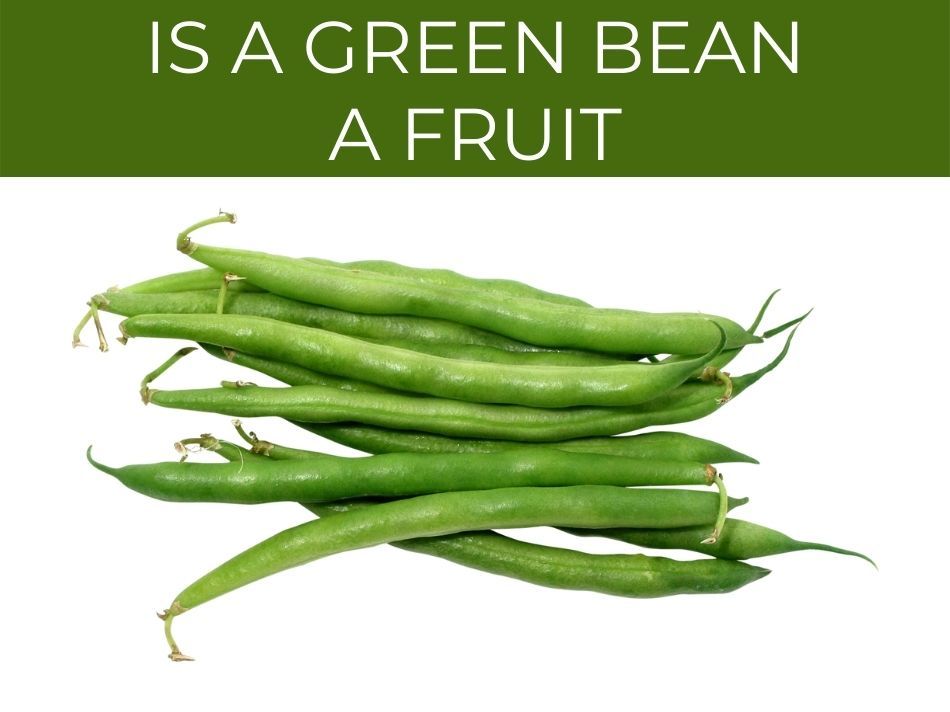
Is a green bean a fruit
You may have been eating green beans as a vegetable side dish most of your life.
Perhaps you enjoy making green beans almandine or green bean casserole.
Both of which are savory dishes. You will not be faulted for believing that this is a vegetable.
But is it?
Legumes are also known as dehiscent fruits and green beans form part of this family. Their seeds are dispersed when the two seams are split open. From an anatomical and botanical definition, green beans fall into the group identified as fruits.
So let’s clarify this gray area once and for all.
A green bean is a fruit because it grows in the pod of a legume and forms the seeds of the pod.
Most culinary experts serve green beans as a vegetable dish.
Thus, the confusion.
Don’t be fooled though, these culinary experts are familiar with the fact that green beans are botanically considered a fruit.
In addition, green beans are considered to be a legume more than they are considered to be beans.
Most online blogs and sites will claim that green beans are neither a fruit nor a vegetable, but instead a legume, which is a category on its own.
Find out how much sun peas need.
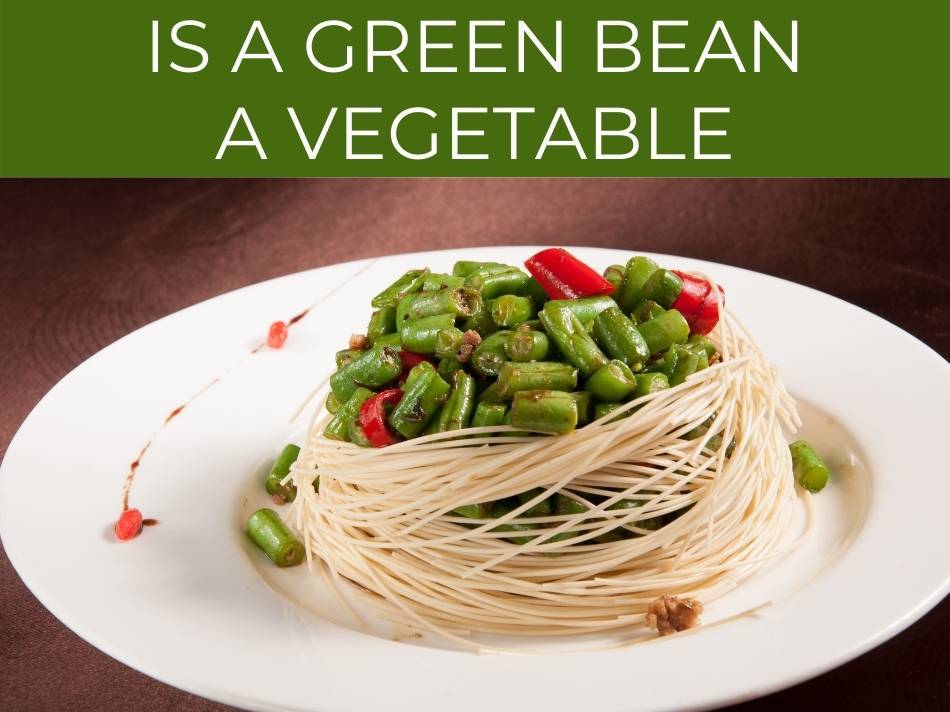
Is a green bean a vegetable
So I’ve highlighted why green beans are described as a fruit.
Some institutions, on the other hand, choose to classify green beans as a vegetable.
The reasoning for classifying green beans as a fruit or a vegetable differs quite a bit.
The question is:
- Are green beans a fruit or a vegetable, or, like cucumbers, considered to be both?
The USDA classifies green beans as a legume which falls under the category of vegetables, according to the definition on the website. This is due to the nutritional value that green beans hold. Legumes are rich in starch, fiber, zinc, iron, and plant-based protein. Legumes, much like other vegetables, grow in soil.
Also, when looking at vegetable subgroups and their nutritional value along with other vegetables, such as peas, green beans can be counted as the ”other” starchy vegetable.
Various government sites such as the Food and Drug Administration (FDA) and the USDA list green beans as a vegetable as opposed to a fruit.
Check out the complete article on the life cycle of a bean plant.
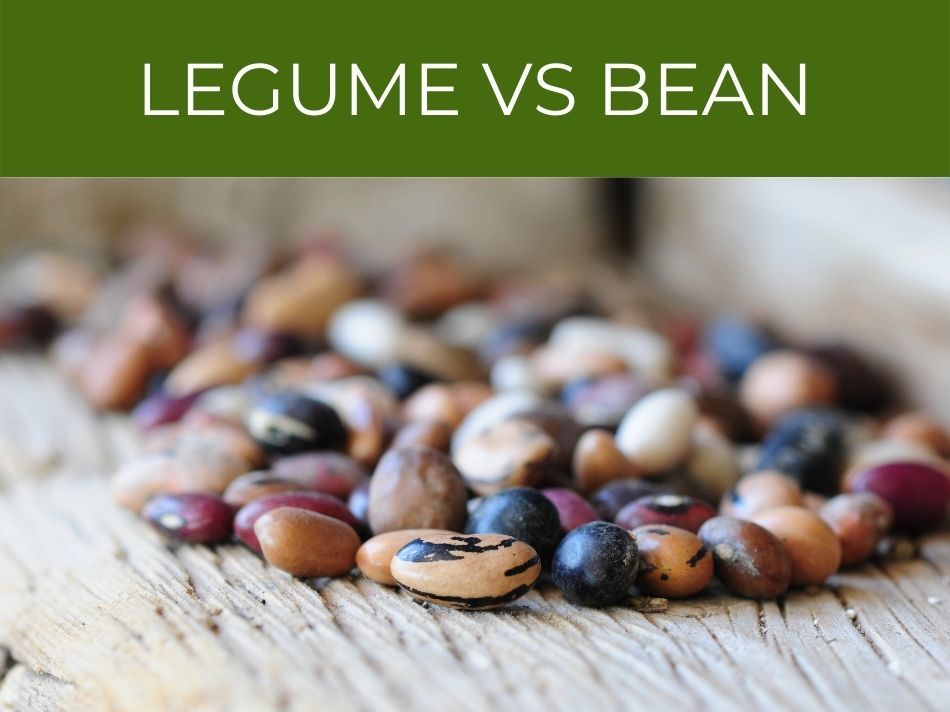
Legume vs bean
The terms legume and beans are often used interchangeably.
As mentioned before, all beans are legumes, but not all legumes are beans.
So the key question is:
- What exactly is the difference between a legume and a bean?
Legumes are described as a category of plants that includes beans, peas, and lentils. Legumes belong to the Fabaceae family. In addition, legumes are the fruit or seeds of such a plant and produce pods that split in half to reveal the seed/fruit.
Legumes are considered to be a fruit because legumes bear their seeds inside a pod.
Beans, on the other hand, are the seeds collected from different plants.
Both legumes and beans are considered seeds that belong to the leguminous family.
There are roughly 16 000 different types of legumes grown around the world. Legumes produce anywhere from one to 12 seeds or fruits.
On the other hand, there are roughly 400 different types of beans grown around the world.
Beans also belong to a subgroup of the Fabaceae family known as phaseolus.
Both legumes and beans are considered excellent sources of plant-based protein.
There is a distinct difference between a legume, a bean, and a pulse.
Check out the complete article on “how do beans grow?”
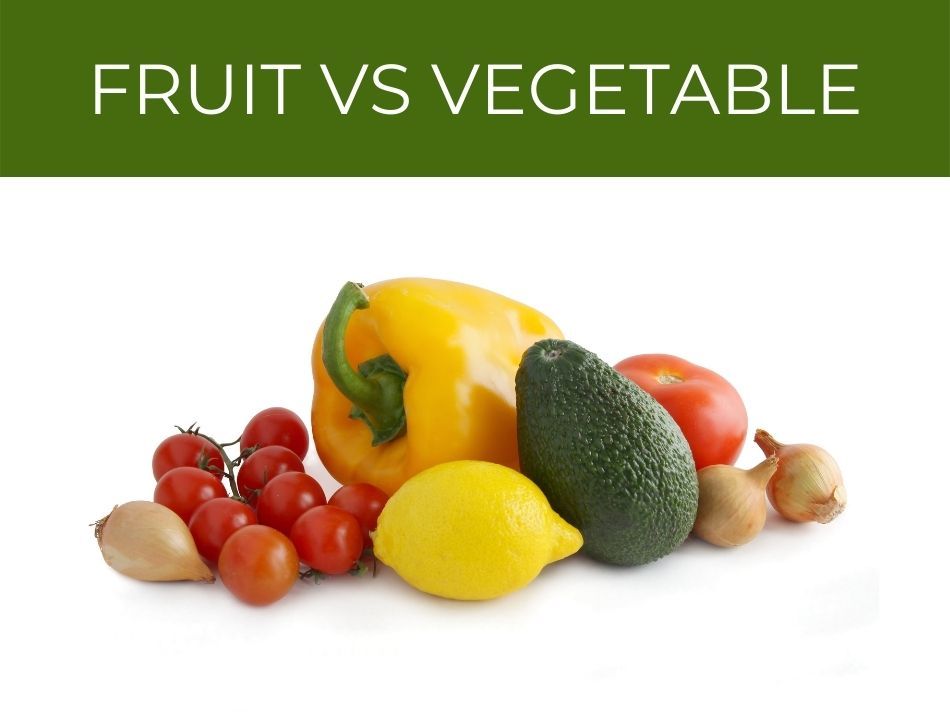
Fruit vs Vegetable
While most people will categorize fruits and vegetables according to their taste, there are scientific reasons that classify each into a specific category.
For example, eggplants are considered to be a fruit for the same reason that tomatoes are considered to be a fruit.
Let me explain.
Vegetables mainly consist of leaves, stems, and roots. Fruit, on the other hand, contains seeds. According to the botanical definition, a fruit is the seed of a flowering plant. The rest of the plant, such as the stem and roots, are considered to be a vegetable.
Each of these is defined both botanically and from a culinary point.
While an item may be classified as a fruit by the botanical definition, it may be classified as a vegetable from the culinary perspective.
One example of this is the eggplant, which, botanically is a fruit, but from a culinary perspective is considered a vegetable.
Many fruits are considered to be a vegetable by culinary standards.
Bell peppers, for example, are often used in savory dishes but are, in fact, classified as fruit.
This is because, in terms of culinary descriptions, food is categorized according to taste.
Fruits taste sweet and vegetables have a savory taste.
There are several other fruits that are often mistaken for vegetables:
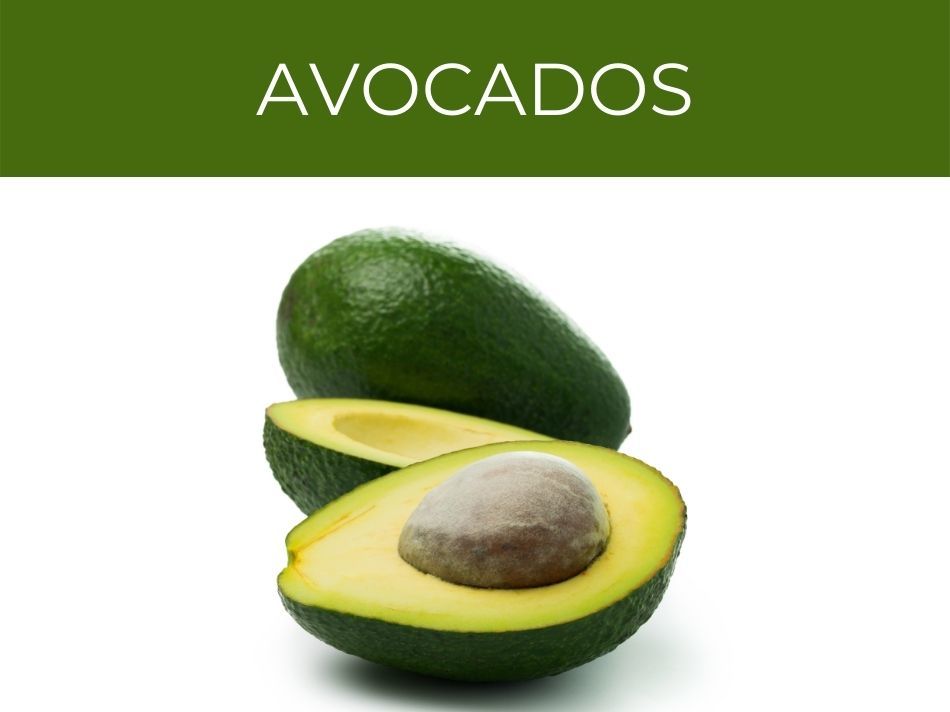
- Avocados
- Winter squash
- Olives
- Pumpkins
- Zucchine
Check out this article about planting fresh tomato seeds.
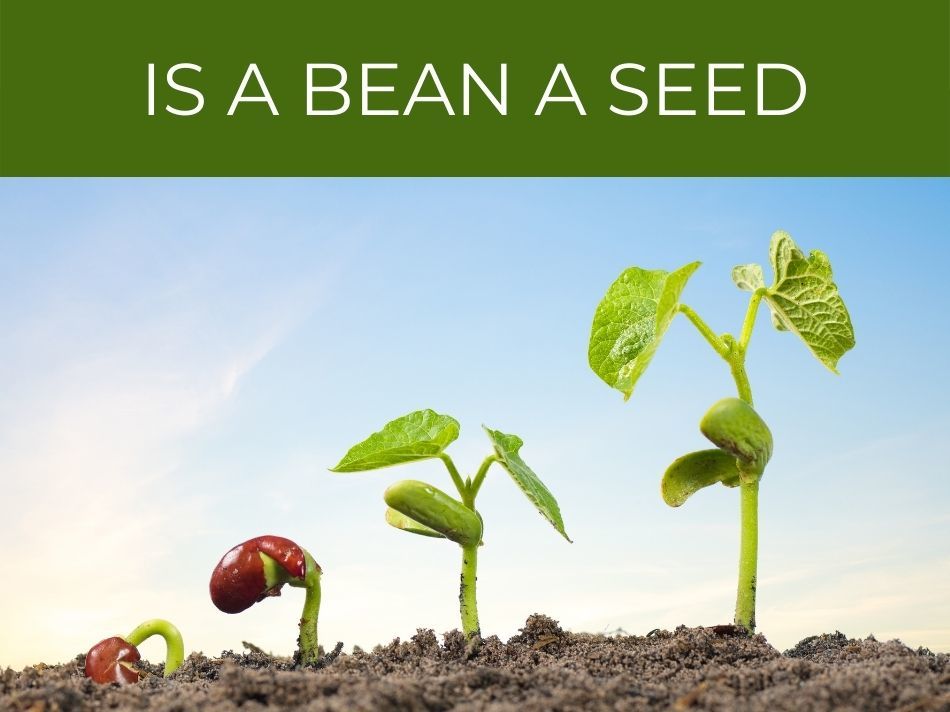
Is a bean a seed
After consuming beans for years, it’s quite difficult to consider that a bean might actually be a seed.
Beans don’t resemble the traditional description we have of seeds.
They are larger and contain a large amount of plant-based protein.
So how is it that a bean can be considered a seed?
Beans are seeds. Beans form the fruit or seed of certain types of leguminous plants. Beans grow in the husk of the pod. These pods split open to reveal the bean/seed inside. Furthermore, beans–like any seed–has the ability to grow into a plant.
Much like the seed of a plant can produce another plant, hence, beans are seeds from the legume plant.
All beans are considered to be seeds.
But not all seeds are considered to be beans.
Sounds familiar?
Seeds come in a very wide variety.
But, in essence, there is a difference between a seed, a legume, a pulse, and a bean.
Some seeds are very hard, similar to those found in olives, peaches, or avocado, as well as the softer seeds found in apples and tomatoes.
Each is different from the other according to their definition.
Some definitions may overlap.
For example, a bean is a seed, but not all seeds are beans.
A bean is also a legume, but not all legumes are beans.

